Table of Contents
● Introduction
● Market overview
● Different types and their features
● Things to consider when selecting products
● Conclusion
Introduction
Agricultural tractor tires boost farm efficiency by enhancing machine performance across various field conditions. As the need for farming equipment grows worldwide, choosing the appropriate tires can notably impact fuel efficiency, soil preservation, and operational capability. Modern innovations in tire technology, like radial and high flex options, provide improved resilience, load carry capacity, and grip for various agricultural activities. Selecting the right tires enhances efficiency and cuts down on long-term expenses for farmers looking to improve their equipment performance and increase farm productivity.
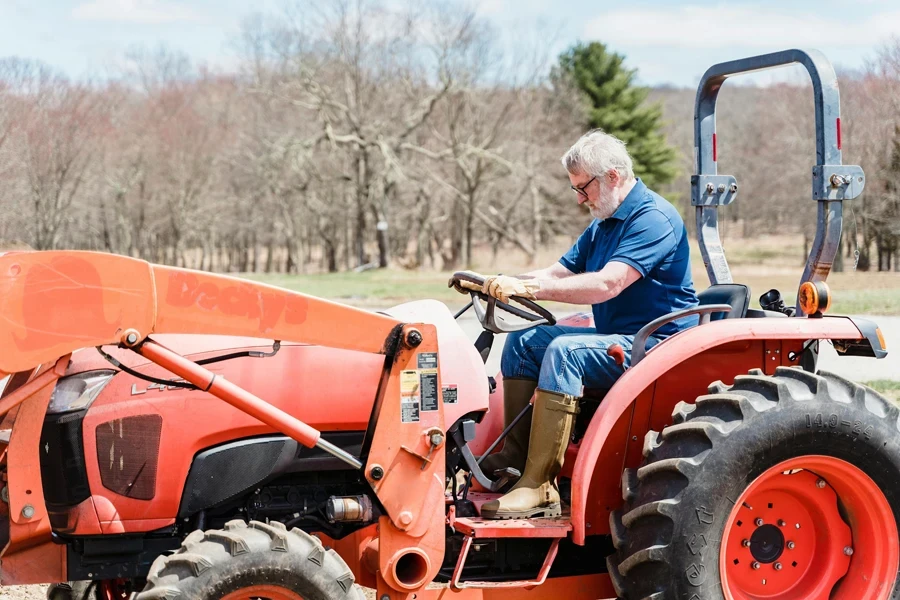
Market overview
The global agricultural tractor tire market is projected to grow significantly, with its value expected to increase from USD 8 billion in 2023 to USD 11.9 billion by 2032, at a compound annual growth rate (CAGR) of 4.4% starting in 2024, according to IMARC Group. The rise in mechanization, government support for modern farming practices, and the increasing demand for efficient farming equipment primarily drive this growth. The market is led by key players such as Bridgestone, Michelin, and CEAT, who provide lasting and creative tire solutions tailored to meet the changing requirements of the agricultural industry.
Radial tires have gained popularity for their lasting quality and improved performance as they are sought after for their capability to lessen soil compaction and boost fuel efficiency. The sector of the tire market is expected to reach USD 8.88 billion by 2029 based on the report from Mordor Intelligence. This growth is attributed to the rising use of modern tires. North America remains the largest market, while the Asia-Pacific region is growing the fastest, fueled by government subsidies and rising mechanization efforts.
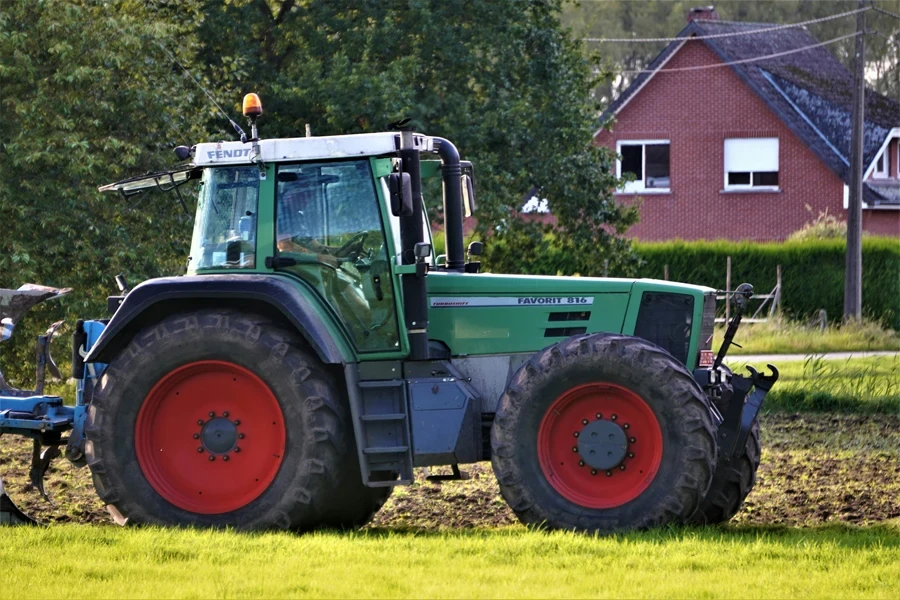
Different types and their features
Choosing the right agricultural tractor tires is crucial for optimizing farm operations. Each tire type offers unique benefits depending on the terrain, workload, and kind of machinery used. Understanding the differences between bias, radial, IF, and VF tires can help farmers select the best option to meet their needs.
Bias tires
Bias tires comprise multiple layers of rubber-coated fabric that are typically positioned at angles to each other for added strength and puncture resistance. These qualities make them well-suited for challenging landscapes and demanding work environments like those in India and China. However, bias tires have limitations. The stiff construction provides less flexibility, which can result in increased soil compaction. Their reduced flexibility also affects fuel efficiency, especially for high-speed operations. Despite these drawbacks, bias tires remain reliable and affordable for smaller farms or areas with rough terrain.
Radial tyres
Radial tires are designed with steel belts running across the tread, providing better flexibility and strength. This construction offers improved traction, reduced rolling resistance, and better fuel efficiency than bias tires. Radial tires are preferred for high-horsepower tractors and are increasingly used in precision farming, where performance and efficiency are critical. Based on information from the industry report, radial tires are becoming more popular as they can reduce soil compaction and enhance crop productivity. Moreover, they last longer thanks to improved heat dissipation and resistance to wear, making them a smart choice for farmers managing farmlands.
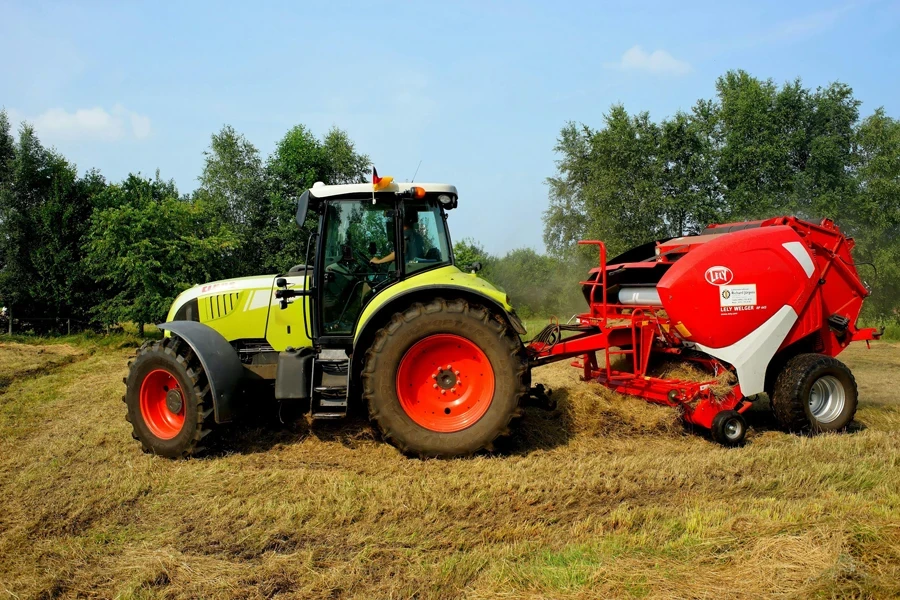
Increased Flexion (IF) tyres
IF tires offer load capacity and performance compared to radial tires by carrying 20% more load at standard pressure levels. Their increased flexibility enables them to excel in field operations and road travel. A key benefit of IF tires is their capability to function effectively under lower pressure while maintaining performance standards and reducing soil compaction. This makes them a preferred option for farmers requiring their tractors to cover long road distances without the hassle of tire changes if tires can withstand loads better. They are ideal for use in extensive farming enterprises.
Very High Flexion (VF) tires
VF tires showcase technological advancements and provide enhanced flexibility compared to IF tires. They can support up to 40% weight at reduced pressures, making them optimal for minimizing soil compaction while optimizing productivity. VF rubbers are particularly suitable for high-power tractors as they are versatile for heavy-duty tasks like plowing fields, reaping crops, and transporting loads. Their ability to maintain high performance at lower pressures protects the soil, leading to better crop yields and improved long-term sustainability. VF tires are a significant investment, but their durability and ability to handle tough conditions make them popular for modern, large-scale farming.
Things to consider when selecting products
Selecting the right tractor tires is a critical decision directly impacting farming operations’ efficiency, safety, and longevity. Farmers can ensure their tractors perform optimally across various conditions by focusing on key factors such as application fit, load capacity, tread design, and tire technology.
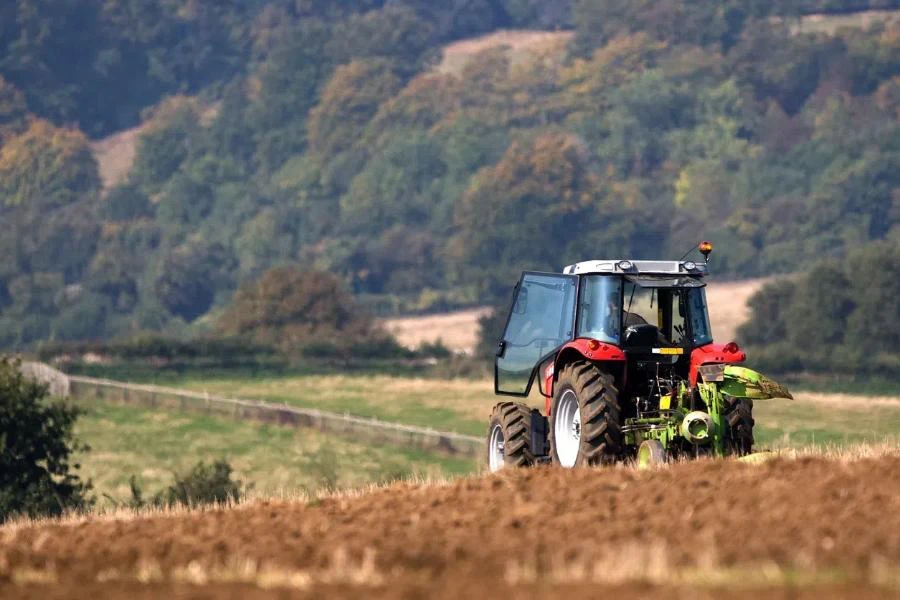
Application fit
Selecting the ideal tire for your tractor’s needs is essential to maximize its performance effectiveness. Tractors operating in fieldwork activities like plowing or tilling require tires with aggressive treads that improve grip in wet or loose soil conditions. In contrast, tractors can benefit from road-based tread patterns that provide increased surface contact and improved fuel economy efficiencies for transporting goods on paved roads. Hybrid tread patterns that balance traction and smoothness are ideal for versatile operations, including road travel and fieldwork. According to CEAT Specialty, selecting tires based on the application can significantly extend their lifespan and reduce fuel consumption.
Load Capacity
When choosing tractor tires, it’s crucial to consider their load-carrying capacity. Using tires that can’t handle the available weight may lead to wear sidewall damage or complete tire failure. Overloading tires also increases the risk of blowouts, especially under rough or uneven conditions. Tractor owners should always check the tire’s load index and ensure it is sufficient for its maximum weight, including any additional equipment or loads it will carry. High-flexion tires, such as IF and VF models, are becoming increasingly popular due to their ability to have more load at lower pressures, which protects the tires and reduces soil compaction. Mordor Intelligence reports a growing demand for these advanced tire types, particularly in regions with common heavy agricultural machinery.
Tread design
The tread design is crucial for how it performs in wet or muddy terrain. The deep grooves help the tire grip the ground better by digging in and offering improved traction. They are also made to clear themselves of mud and dirt to avoid losing traction due to buildup. For tractors that frequently operate on dry, firm soil or paved surfaces, shallower treads provide a smoother ride and improved fuel efficiency by reducing rolling resistance. In regions where tractors often switch between fieldwork and road travel, hybrid tread designs offer a balanced solution, ensuring good traction in the field while maintaining road efficiency. Choosing the right tread pattern based on terrain is essential for preserving tire performance, reducing wear, and improving overall efficiency.
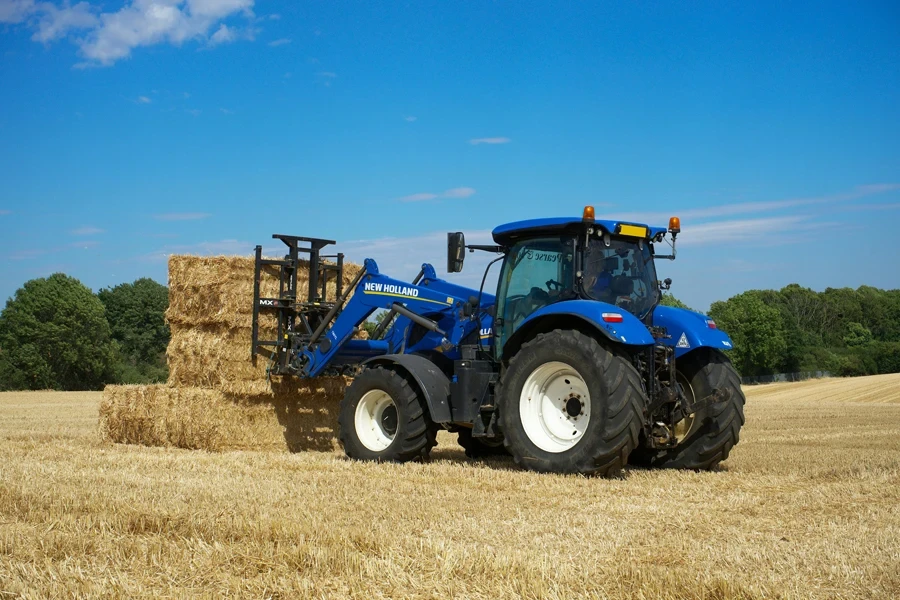
Flexion tyres
Flexion technology offers one of the most significant advancements in tire design, allowing tires to carry greater loads at lower pressures, thereby reducing soil compaction. Increased Flexion (IF) tires can carry up to 20% more load than standard radial tires, making them ideal for tractors that frequently switch between road and field use. This flexibility eliminates the need to adjust tire pressure when transitioning between tasks constantly. Very High Flexion (VF) tires take this technology further, supporting up to 40% more load at the same pressure or enabling tractors to operate at significantly lower pressures while maintaining performance. These tires are especially useful for heavy-duty agricultural tasks like hauling large trailers or operating in areas where soil health is a concern. According to Cognitive Market Research, VF tires are seeing increased adoption in regions focused on precision agriculture, as their ability to minimize soil compaction leads to better crop yields.
Dealer and brand reputation
Choosing tires from reputable brands and trusted dealers is critical to ensuring quality and long-term support. Well-established manufacturers have years of engineering and innovation experience, leading to better product performance and durability. Leading names such as Bridgestone, Michelin, and CEAT offer specialized tires tailored to meet the requirements of contemporary farming tasks. Furthermore, collaborating with a vendor ensures access to recommendations when picking the right tire and availing post-purchase support, like warranties and maintenance tips. According to Market Research Futures, dealers’ crucial role is aiding farmers in selecting tire options and ensuring continuous assistance throughout the tire’s lifespan.
Correct sizing
Choosing the ideal tire size is crucial, ensuring both performance and safety regarding tractors. Using too small or too big can negatively affect how the tractor handles its overall fuel efficiency and mechanical well-being. Incorrect tire sizing can result in increased wear and tear on the tread area since the tractor might struggle to maintain traction and balance. Referencing the manufacturer’s recommendations for the tire size based on factors like the tractor’s weight load capacity and intended usage is key. It’s important to have the tractor’s rear tires in matching sizes to ensure the gearing runs smoothly and effectively. Mismatched tire sizes can cause wear and tear on the tractor’s components, such as transmission and overall performance. Using the right tires enables the tractor to work efficiently by reducing fuel expenses and prolonging tire lifespan.
Conclusion
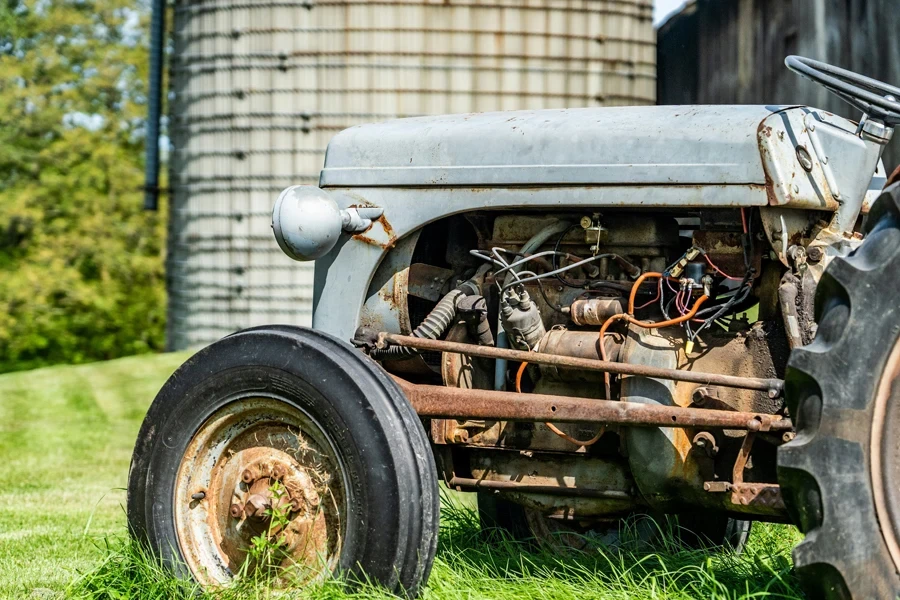
Picking the perfect tractor tires is essential to boost farm efficiency and reduce overall operating expenses in the long run. The availability of various tire types like bias ply tires, radial ply tires, IF, and VF tires allows farmers to customize their choices based on their particular needs, whether it involves intensive fieldwork, traveling on roads, or a combination of both tasks. Load capacity, tread design, and tire flexibility influence a tractor’s performance and soil health. Farmers can ensure better traction, reduced soil compaction, and enhanced fuel efficiency by understanding market trends and carefully evaluating tire features. Informed tire selection boosts productivity and contributes to farming operations’ sustainability and overall success.




